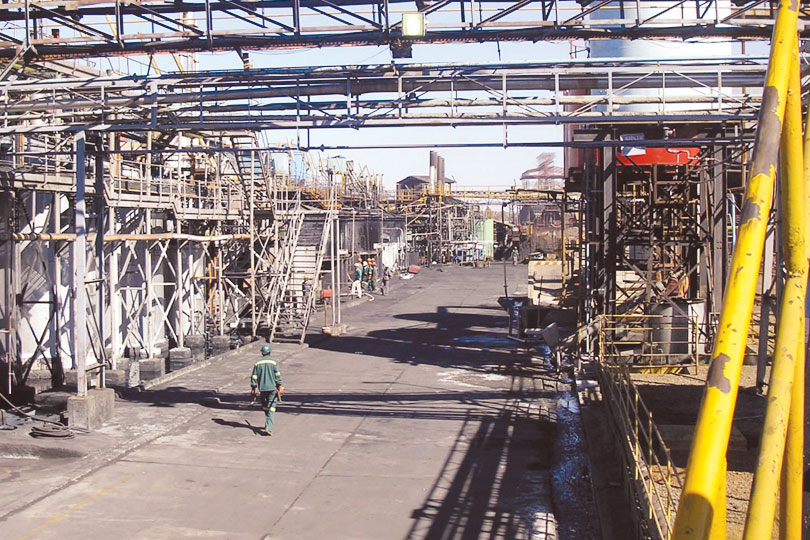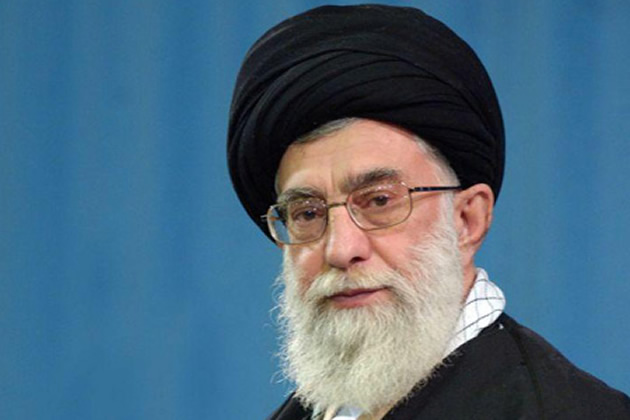Rio’s move confuses coal outlook

 MELBOURNE. — The price Rio Tinto has extracted for the sale of its 40 percent interest in a Hunter Valley coal mine is at odds with the gloomier predictions about the future of energy coal while the restructuring of some of the group’s NSW coal interests suggests it has abandoned ambitions for a complete sell-out.
MELBOURNE. — The price Rio Tinto has extracted for the sale of its 40 percent interest in a Hunter Valley coal mine is at odds with the gloomier predictions about the future of energy coal while the restructuring of some of the group’s NSW coal interests suggests it has abandoned ambitions for a complete sell-out.
Rio announced it had agreed the sale of its interest in the Bengalla coal mine to New Hope Corporation yesterday for $606 million, a price that appears to have taken analysts by surprise given that Bengalla is the smallest of the Hunter Valley mines in which Rio has an interest.
While Rio’s coal mines tend not to be valued individually, the price does appear to have significantly surpassed any expectation.
By itself, given the depressed state of energy coal prices and the bleak forecasts that have been made for the coal industry’s longer term outlook in an over-supplied and carbon-sensitive environment, the sale and the price achieved would tend to indicate that New Hope, at least, is prepared to make a sizeable bet that coal has a reasonable medium term future.
Rio may have been helped by the fact that it was a minority stake and that there are other shareholders, including Wesfarmers (also 40 percent), that have pre-emptive rights. That would have generated some price tension for New Hope.
In any event, the price is equivalent to nearly $180 a tonne of annual production from the mine, which produces about 8,6 million tonnes of coal a year or, alternatively, about $9 for each tonne of the mine’s 220 million or so tonnes of reserves.
Either way, with the energy coal price currently trading around $55 a tonne, Rio is exiting at a very attractive price.
That will be useful, given the emerging criticism of Rio and BHP Billiton over their commitment to progressive dividend policies at a time of depressed commodity prices and earnings.
There have been concerns that both companies will have to borrow over the next few years to fully fund those commitments, although they both do have conservative balance sheets.
The Rio sale, apart from essentially covering any shortfall in free cash flows and its dividends this year, does indicate that there is still potential, even in the current resource sector climate, for selective asset sales to help maintain the dividends without materially adding to debt.
In the past 2½ years, under Sam Walsh and Chris Lynch, Rio has sold about $4,5 billion of assets.
With the sale — and facilitating it — Rio also announced a rearrangement of its Hunter Valley relationship with Japan’s Mitsubishi Development.
Previously Rio owned 80 percent and Mitsubishi 20 percent of the vehicle for the Hunter Valley mines, Coal & Allied. Now Rio owns 100 per cent of Coal & Allied while Mitsubishi has taken up a 32,4 percent direct stake in Hunter Valley Operations.
It is unclear whether that restructuring is a signal that Rio has given up hope of exiting its larger Hunter Valley coal business in a single large transaction, which is how some have interpreted its decision to effect an individual sale.
Rio has been investigating an exit from the business, expected to raise more than $3 billion, for some considerable time.
Moving to full ownership of Coal and Allied could make executing a sale of its other, larger, interests a more straightforward transaction.
Beyond Bengalla, Coal & Allied owns 67,7 percent of Hunter Valley Operations, 100 percent of the Mount Pleasant project, 80 percent of the Mount Thorley mine, a 55,6 percent interest in the Warkworth mine and has a 30 percent direct (and 6,5 percent indirect) interest in the Port Waratah Coal Services.
One of the most interested parties in those mines — the most interested — was Glencore, which has adjacent operations that, if combined with Rio’s, could generate an estimated $500 million a year or more of synergies.
Given the collapse in the Glencore share price and the $10 billion-plus debt-reduction programme Glencore has embarked on, it would be inconceivable that it would be contemplating anything other than asset sales at present although it, too, would be encouraged by the valuation placed on Bengalla.
Glencore, incidentally, did experience a very sharp bounce-back in its share price overnight (after being smashed the day before) after it (very sensibly) issued a statement that directly addressed the market’s most dire fears.
It said its business remained financially robust, with positive cash flow, good liquidity and “no solvency issues”. It also reaffirmed that there are no covenants attached to its debt and its access to funding remains secure.
The Glencore structure is overly-leveraged for the current environment but it does have time and options, perhaps not particularly pleasant ones, for dealing with that. In the meantime, however, its Hunter Valley aspirations — and Rio’s ambitions for a single big-dollar exit — will probably have to remain on ice for quite some time. — Business Spectator.










Comments